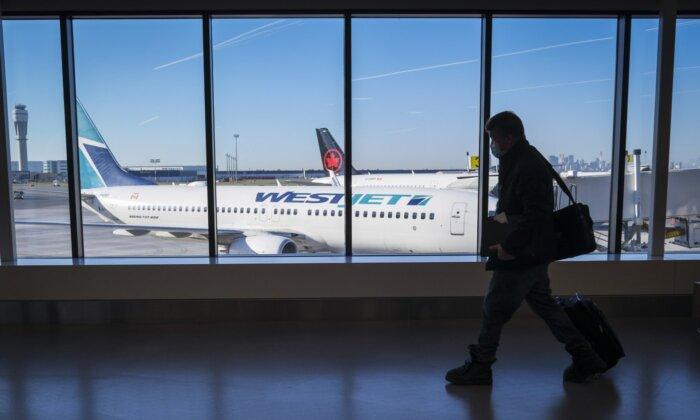A week after Canada was granted a pause on a broad 25 percent tariff, U.S. President Donald Trump wasted no time on his next target, slapping a 25 percent surtax on all steel and aluminum imports.
Canadian industry groups, who are the highest exporters of the two products to the United States, say the measure will be very disruptive and that efforts should be instead be concentrated on countries like China that flood the market.
Trump’s rationale for imposing 25 percent tariffs on all steel and aluminum imports is the same as during his first term. He says the United States is impacted by cheap steel and aluminum, which undercuts domestic manufacturing and causes a national security issue.
In 2018, the first Trump administration imposed 25 and 10 percent tariffs respectively on Canadian steel and aluminum, with Ottawa retaliating in kind along with targeting a range of U.S. goods with a 10 percent surtax.
The key immediate question is whether Canada can manage to get a suspension or negotiate a deal before the new tariffs kick in on March 12. Trump granted Canada a pause on the broad 25 percent tariff last week in order to assess its measures to reinforce the border and counter fentanyl trafficking.
Integration
The steel and aluminum industries are well integrated, and Canada is the United States’ main supplier of both products.The steel industry is concentrated in Ontario, with Hamilton being a key centre, whereas Quebec is a leader in aluminum production.
Business and trade groups have warned about the negative impacts of the incoming tariffs.
The industry group and the union are both urging Ottawa to quickly retaliate.
Countering China’s trade practices is a Trump objective with the new tariffs and one of the reasons why the exemptions granted to countries like Canada were removed.
When Canada and the United States struck an agreement leading to the exemption on tariffs in 2019, the two countries had agreed to work on preventing the importation of dumped steel and aluminum or the transshipment of goods made outside Canada or the United States to the other country.
National Security
Trump’s trade policies have been closely linked to security issues so far.Trump’s initial tariff threat against Canada after he got elected in November was framed around illegal immigration and drug trafficking. After announcing the imposition of 25 percent tariffs on Feb. 1, Trump allowed for a 30-day pause on Feb. 3 to assess whether Canada’s new border and anti-crime measures are sufficient.
Trump told Fox News in an interview aired on Feb. 10 that he got “a lot of action” on the border from the Canadian government that “nobody expected,” before adding that it is “not good enough.”
“When I talked about Canada, they gave us tremendous security ... it started out for security, and then it started getting economic, and it’s really both,” he said.
In this context of uncertainty, it is difficult to gauge whether Canada dodged a bullet on the border issue for the mid to long term. But even if it did, a host of other issues could be raised by Trump in imposing further tariffs.
The president told Fox News that the United States shouldn’t have to get cars from Canada, and threatened tariffs on the auto industry. He has also criticized Canada for not pulling its weight in the NATO military alliance and not meeting spending requirements.







